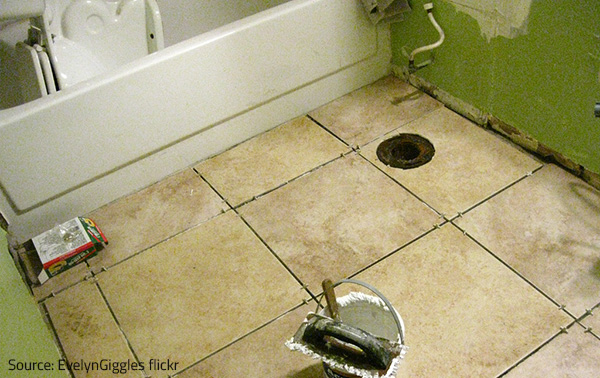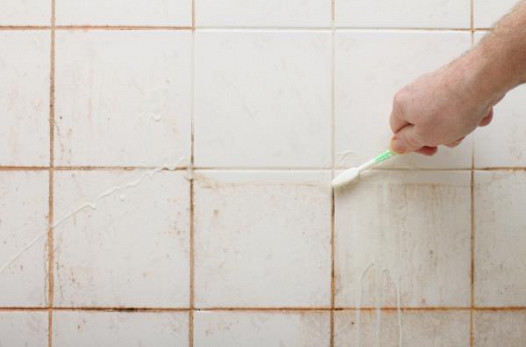Exactly how to avoid a Water Damaged Bathroom
Exactly how to avoid a Water Damaged Bathroom
Blog Article
Just about every person has their own individual rationale with regards to How to Repair and Prevent Bathroom Water Damage.

The restroom is very prone for wet buildup and potential water damage due to the regular use water in it. This write-up offers simple evaluation methods to assist identifying water damage risks.
The regular use water in the bathroom makes it extremely vulnerable for moist build-up as well as potential water damage. By checking it on a regular basis, you can lower water related damages.
The following set of assessments is very easy to execute and should be done once in every 3 months in order to maintain your washroom in good shape and to prevent potential water damages triggered by the bathtub, the shower, pipe joints and plumbing, sinks, closets, and also the commode
Do not neglect performing these inspections and also be complete while doing them. Bear in mind that these easy evaluations can save you a great deal of cash by supplying early indications for water damages
Tub and Shower
The shower and bath tub need special attention and also upkeep. Inspect the tiles and also change if broken. See to it that there is no missing out on grout between the floor tiles. Check and change split caulking at joints where the walls fulfill the floor or the bathtub. Clogged drains pipes and pipes troubles will certainly avoid the bathtub from drying and also might suggest serious problems under the tub. Speak with a specialist instantly to prevent architectural damages. Take note of discolorations or soft locations around the tub walls as they may indicate an inner leakage.
Plumbing
Signs for water damage are difficult to spot given that a lot of pipes are installed inside the wall surfaces.
Pay special attention to floor covering as well as walls wetness and discolorations as they may show an unnoticeable plumbing trouble. Inspect moisture degrees in adjoining areas also.
Sinks and Cabinets
Sinks and also cupboards are revealed to wetness and moisture everyday and are commonly overlooked. Check routinely under the sink and also on the counter top above it. Repair any type of drip in the trap as it might recommend drain issues. Look around the sink, sluggish draining pipelines may show a blocked drainpipe. Replace sink seals if they are split or loose.
The Bathroom
The toilet is a prone water joint. Check the water lines as well as look for leaks around the commode seat, in the hose, as well as under the water tank. If you discover any kind of signs of wetness on the flooring around the commode, look for leakages in the toilet rim as well as storage tank seals.
Realize that hanging toilet bowl antiperspirants raises the chances for clogs.
Water Damage Signs In The Bathroom To Avoid Cleanup
Musty smell
This is one of the easiest signs to catch because musty smells are so odorous. The damp, earthy, moldy smell should be a big red flag. The smell will develop when moisture gets trapped in surfaces, and begins to facilitate mold growth. Leaking pipes under cabinets, inside walls, and behind shower fixtures will cause moisture to stay trapped and not dry, which will lead to mold growth and spread. As soon as you notice any musty smells in your bathroom, have it checked for hidden water damage and cleanup signs.
Visible mold
If the smell isn’t there to give it away, sometimes you will actually see mold growth. Finding mold in your bathroom is a serious problem, because mold is very harmful to your health. By the time mold growth is visible, it also means that water damage has already occurred and been present for some time. The only way the mold problem can be resolved is to find the source of the moisture and get it stopped. To safely and adequately remove mold, you need to have professionals handle the remediation. Do not waste any time in getting mold problems addressed, fixed, and sanitized so that you can protect you and your family from the many respiratory symptoms caused by mold exposure.
Damaged floors
Bathroom floors should be able to withstand some exposure to water while still remaining in good condition. However, when excess exposure or water leaks occur, they will begin to damage even the most water-resistant flooring. If you notice any cracking, bubbling, staining, or warping on your bathroom floors, there is probably a water leak somewhere causing the distortion. If you notice areas of the floor have become softer, or even have a spongy feeling, there is probably damage to the subfloor. Subflooring is typically made up of plywood. When plywood is exposed to water or moisture, it will absorb it. Once it has become saturated, the weight of the excess water will cause the wood to swell and soften. Check the floors in your bathroom frequently to catch any of these sings before they lead to damaged subflooring.
Changes on walls
When water leaks behind walls, it will cause changes in the drywall. Peeling plaster, blistering paint, and soggy wallpaper are all good indicators that excess water is building up behind the wall. Water leaking behind drywall will cause it to swell and be soft to the tough. If you start to notice gaps along the trim of your walls, or where tile meets the wall, it could also be a strong indicator that there is a leak behind the wall. Any changes, distortion, or damage on the walls should be evaluated as soon as you notice it to prevent further water damage and cleanup.

I hope you liked our part about How to Repair and Prevent Bathroom Water Damage. Thanks for taking a few minutes to browse our blog post. In case you enjoyed reading our page please be sure to share it. Thanks a lot for your time. Visit us again soon.
Book A Service Call Report this page